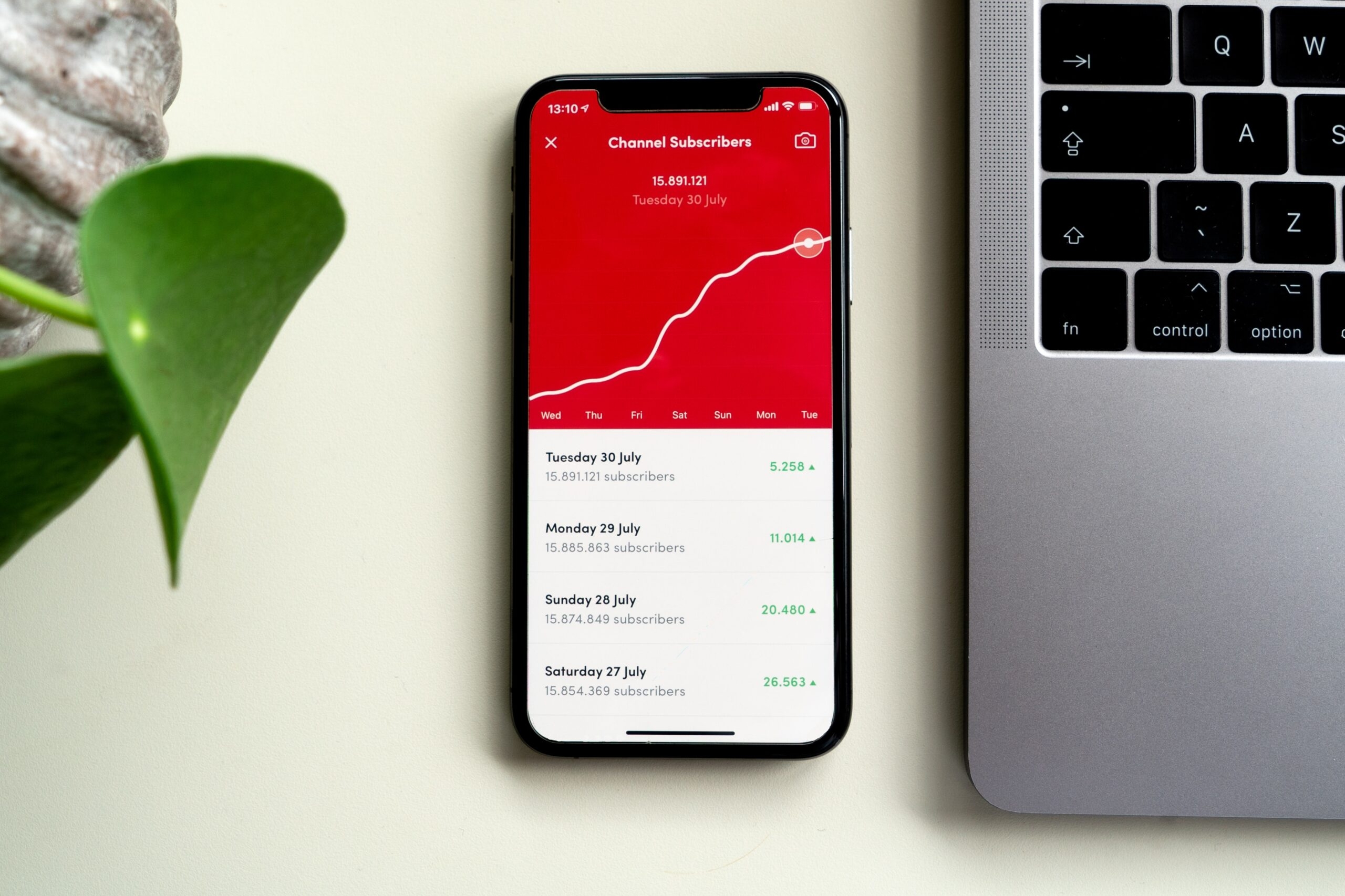Measuring Marketing ROI: Strategies for Measuring Success
In the ever changing world of digital marketing, measuring Return on Investment (ROI) has become a pivotal challenge for businesses aiming to maximise their marketing efforts. Understanding the effectiveness of marketing campaigns is vital for making informed decisions and optimising future strategies and campaigns. In this article, we’ll delve into tried and tested strategies for measuring marketing ROI, providing you with actionable insights to enhance your decision-making process. So, how do you calculate marketing ROI?

1. Defining Key Performance Indicators (KPIs)
Setting the right Key Performance Indicators (KPIs) is as important as plotting a course on a map. Begin by clearly defining your business objectives and goals; whether it’s boosting brand awareness across your target audience, increasing sales across different platforms and channels, or expanding market share.
Once these objectives are established, identify KPIs that align seamlessly with your goals. For instance, if your aim is to enhance brand awareness, metrics such as website traffic, social media engagement, and brand mentions can serve as effective KPIs.
Identify your business objectives
Ensuring that your KPIs are in line with overarching business goals is fundamental to achieving your desired outcomes and measuring marketing ROI. For instance, if the objective is to increase sales, the KPIs could revolve around conversion rates, sales revenue, and customer acquisition. Where if your kiosk is to increase brand awareness your KPIs might be views, likes, shares etc
Choose measurable metrics
Choose quantifiable metrics that provide a tangible measurement of your success. If your goals are based around lead generation, metrics like the number of leads generated, lead conversion rates, and cost per lead can be insightful to all types of organisation and help to measure your outcomes effectively.
Set SMART goals
Make your KPIs Specific, Measurable, Achievable, Relevant, and Timely. Utilising. SMART goals allow you to be focused on the outcomes that matter the most across all business activities. This ensures that your goals are focused, realistic, and aligned with the broader business strategy.

2. Implementing Multi-Touch Attribution Models
Customers interact with brands across a range of different channels and media, attributing success to the correct touchpoints is a challenging yet crucial task for any organisation. Multi-Touch Attribution (MTA) models offer a sophisticated approach to this challenge, acknowledging that customer journeys are multifaceted and require nuanced evaluation and thus allowing you to make more informed decisions about the metrics and channels you choose to monitor.
Understand attribution models
Familiarising yourself with various attribution models will help to gain an understanding of the basics. Attribution models such as first-touch, last-touch, and linear attribution are some examples of models to explore further. Each model has its strengths and weaknesses, and choosing the right one depends on your business model and objectives in regards to your success metrics. This also helps in measuring and tracking marketing ROI across your marketing activities.
Utilise advanced analytics tools
Investing in analytical tools that facilitate MTA, providing granular and detailed insights into customer touch points behaviour. This would usually include sophisticated analytical platforms that track customer interactions across a variety of different channels and devices to provide valuable insight which guides your decision making.
Consider the customer journey
Acknowledging the complexity of the customer journey is the first step in creating a seamless user experience for your audiences. Recognising that a customer’s decision-making process often involves multiple touchpoints and consideration points, and your attribution model should reflect this reality with as much detail as possible to achieve the optimum results.

3. Leveraging Marketing Automation Platforms
Marketing automation platforms have evolved beyond mere workflow facilitators; to a point where they have become integral to tracking and analysing marketing data and calculating accurate ROI. These platforms provide a centralised hub and platform for managing campaigns, customer interactions, and data analytics, offering marketers a powerful toolkit which spans across their entire marketing activities.
Integration with CRM systems
Ensure seamless integrations with your Customer Relationship Management (CRM) systems to achieve the best results and most accurate data. This connection between marketing and sales data enables a holistic view of the customer journey, from the first touchpoint to conversion which allows marketers to have complete visibility throughout.
Track customer behaviour
Use automation platforms to monitor and analyse customer behaviours and interactions with your brands throughout their lifecycle. This includes tracking interactions with emails, website visits, app visits, in store interactions and social media engagement, providing valuable data for refining marketing strategies accordingly.
Personalise campaigns
Leverage automation for targeted and personalised campaigns to elevate the workload and manual input needed yo-yo push leads through your sales funnel. By segmenting your audience and automating personalised communication, you enhance the relevance of your marketing efforts and content, increasing the likelihood of positive customer responses.

4. Calculating Customer Lifetime Value (CLV)
The Customer Lifetime Value (CLV) is a critical marketing metric that transcends immediate sales and delves into the long-term profitability of customer relationships over the entire period from first interaction to latest interaction. It can be a good indication when calculating marketing ROI, but Calculating CLV allows businesses and organisations to assess the overall impact of their marketing efforts and activities on customer retention and loyalty.
Segment customer base
Not all customers are created equally and will have varying different attributes and preferences. Segment your customer base based on behaviours, demographics, or purchase history, depending on your goals and desired outcomes. This segmentation enables tailored marketing strategies to be formed that resonate with specific customer segments and help produce higher rates of ROI.
Assess Customer Acquisition Cost (CAC)
Compare CLV with Customer Acquisition Cost (CAC). If the cost of acquiring a customer is lower than the projected lifetime value of that same customer, it signifies a sustainable and profitable customer relationship which can be nurtured to extend the overall lifetime and value. If however your CAC is higher than your CLV then you need to begin to rethink your strategies to improve these metrics.
Continuous refinement
CLV is not a static metric by any means. Regularly revisit and update your CLV calculations to adapt to changes in customer behaviour, market dynamics, and any shifts in your business model which may have taken place. This continuous refinement ensures that your CLV remains an accurate reflection of your customer relationships and enables you to calculate the ROI of your marketing activities and campaigns.

More interesting content...
Like this story? Share it on your social media...
For more of the latest content, why not subscribe to our mailing list...






